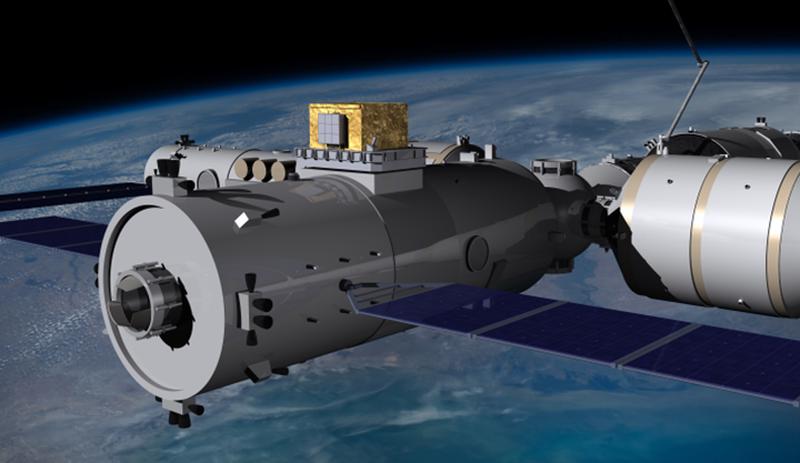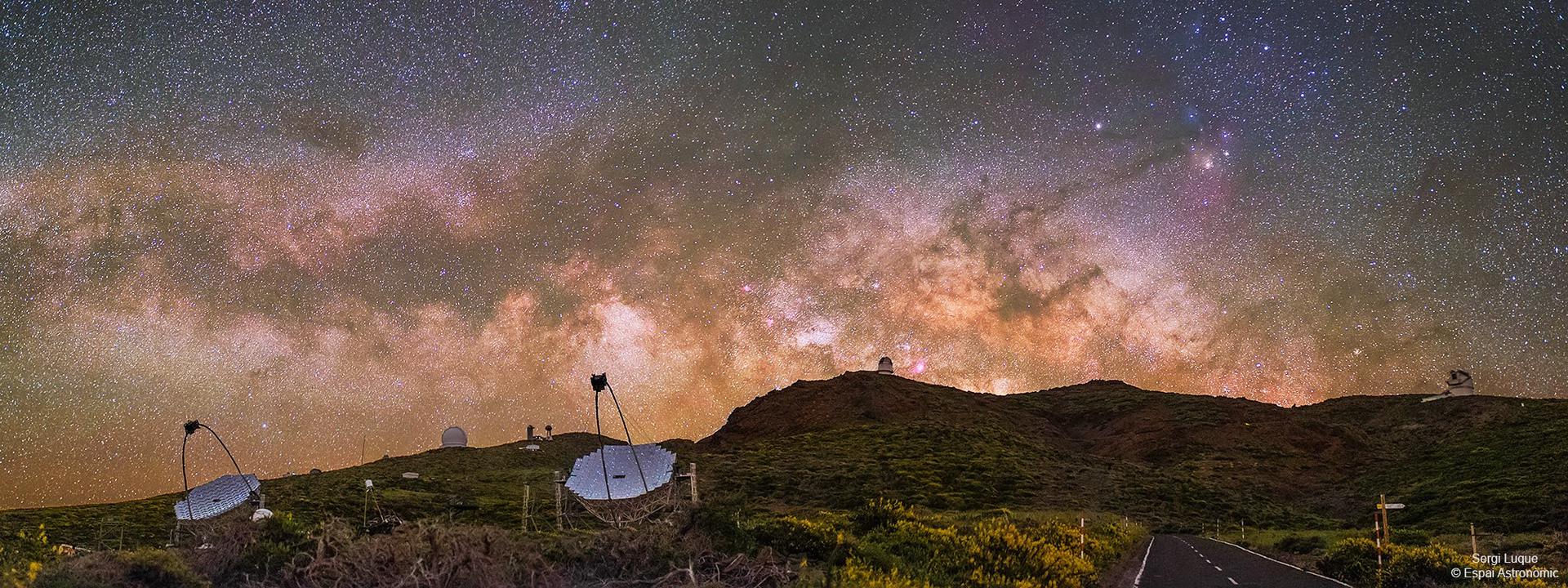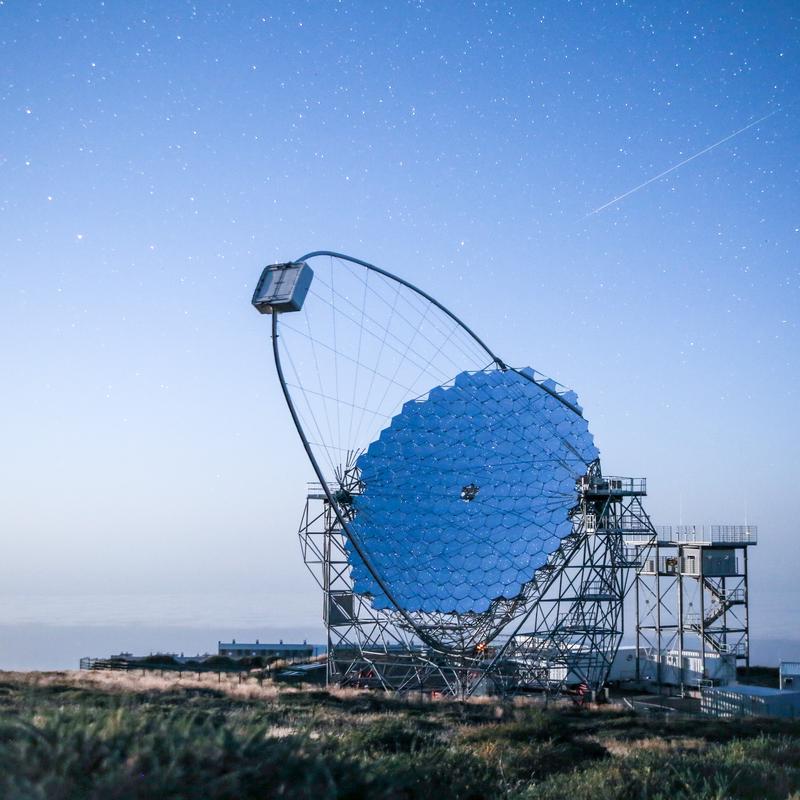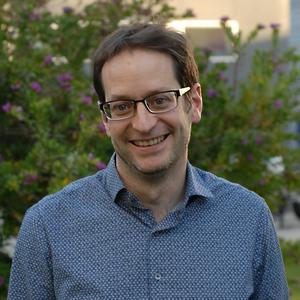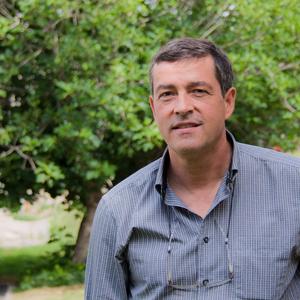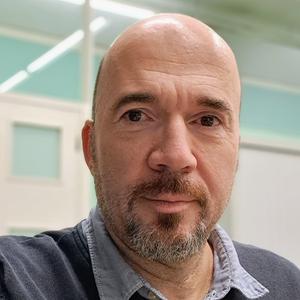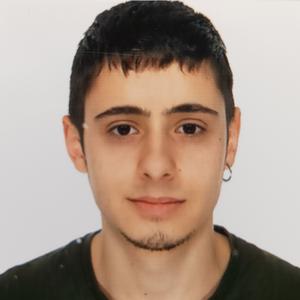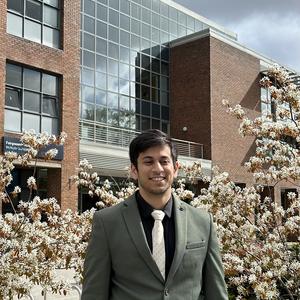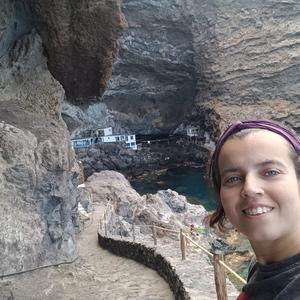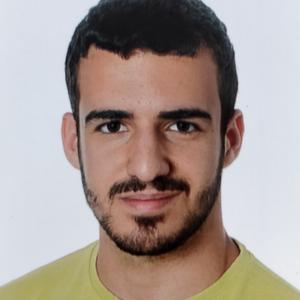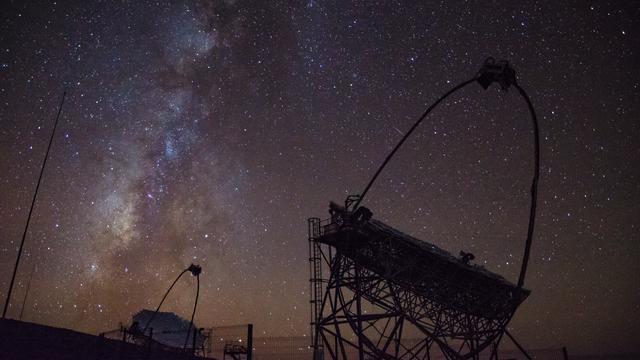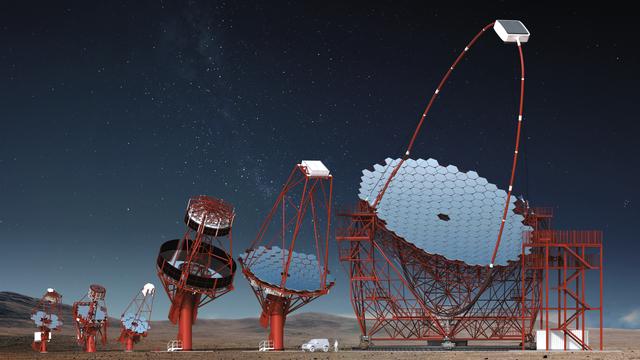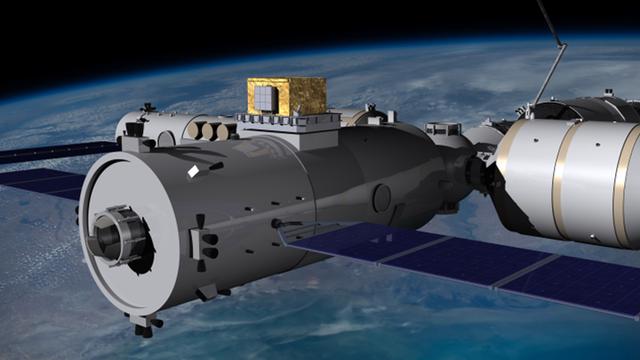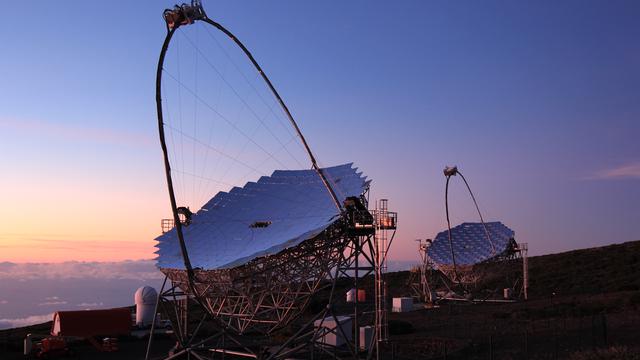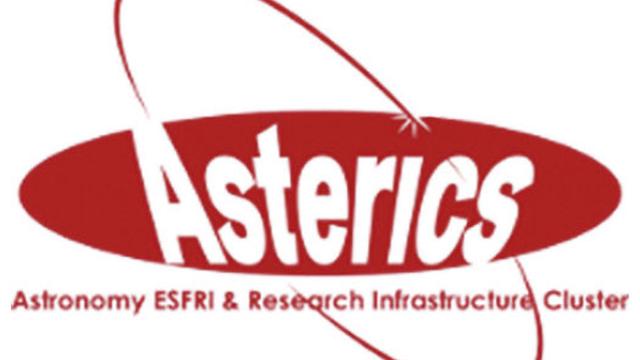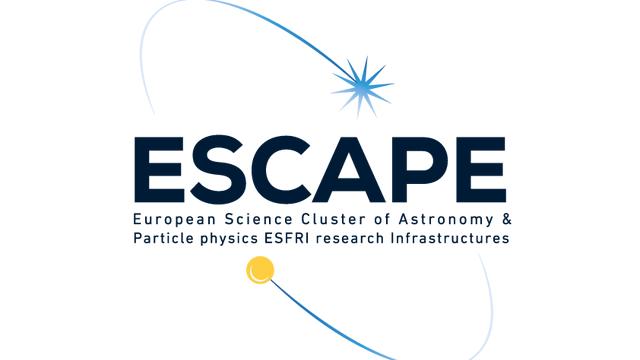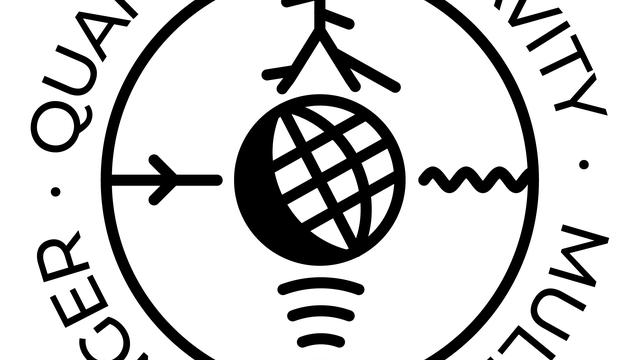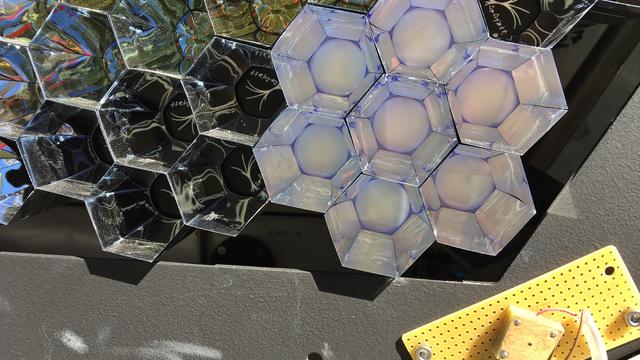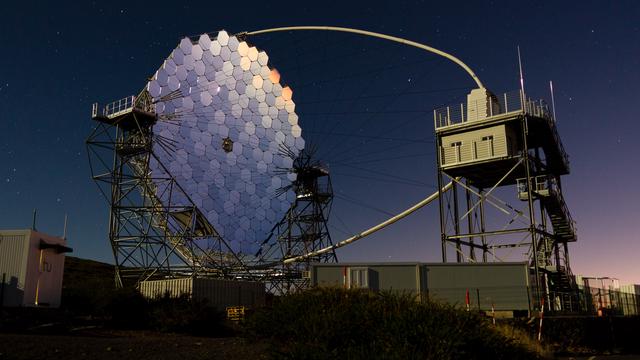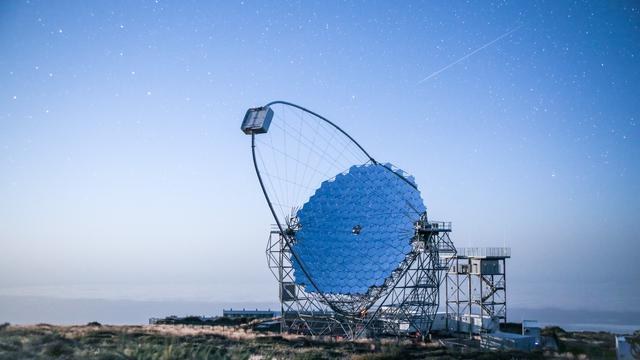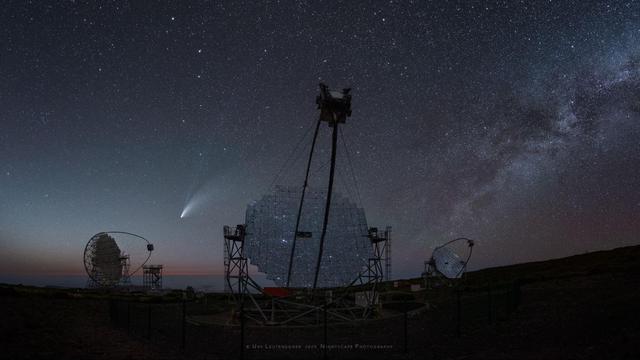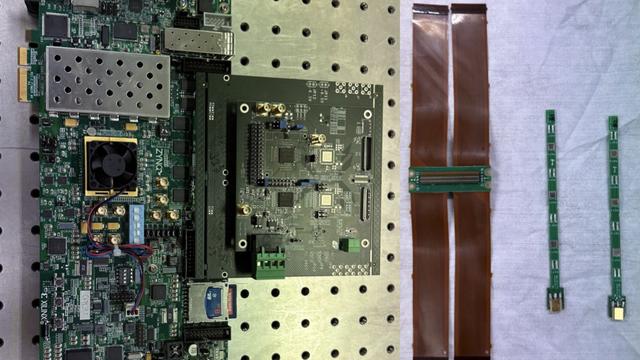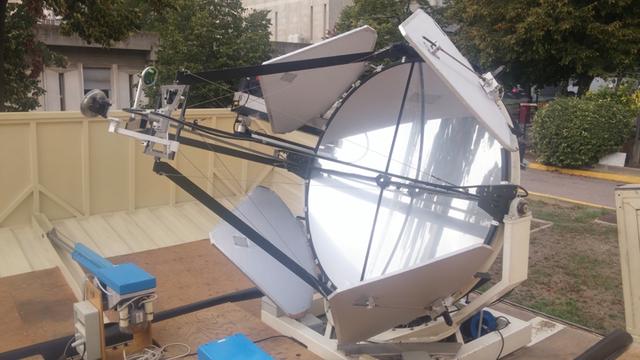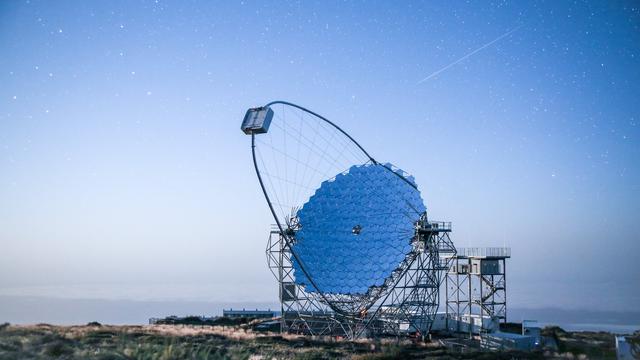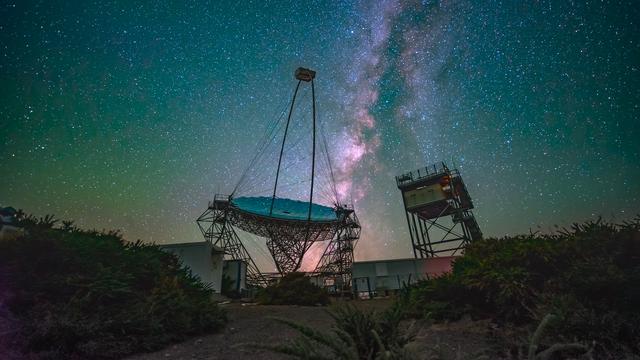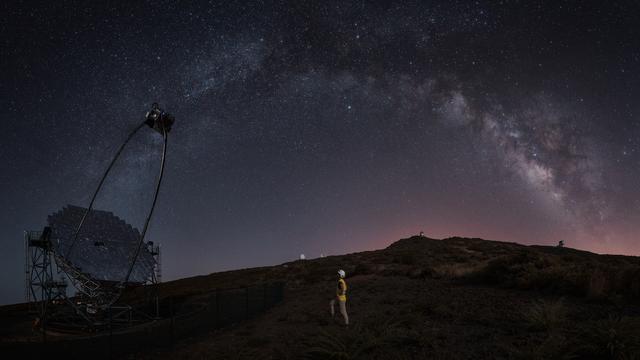The goal of our research group is to understand the most energetic phenomena in the universe and address open questions in particle physics through gamma-ray observations, as well as to lead the design and construction of innovative instrumentation for Gamma-ray Astronomy.
The Gamma-ray Group is led by J. Rico
The MAGIC telescopes
The two MAGIC telescopes in the Canary Islands were built and have been operated since 2004 by an international collaboration of about 200 scientists. IFAE has played a leading role in the design and construction of the MAGIC telescopes, notably by designing and building the whole camera of MAGIC-I and the MAGIC Datacenter, and by developing and maintaining significant parts of the readout electronics, and of the control and analysis software packages. The group has held many leadership positions in MAGIC, namely: three different Spokespersons, Chair of the Collaboration Board, Technical Coordinator, Safety and Operations Coordinator, Software Coordinator, Analysis and Publications Coordinador, and Chair of Time Allocation Committee, among others. Since first light, scientists at IFAE have led the analyses that have produced some of the highest-impact MAGIC results, including 4 out of 6 MAGIC papers published in Science and 2 out of 2 in Nature.
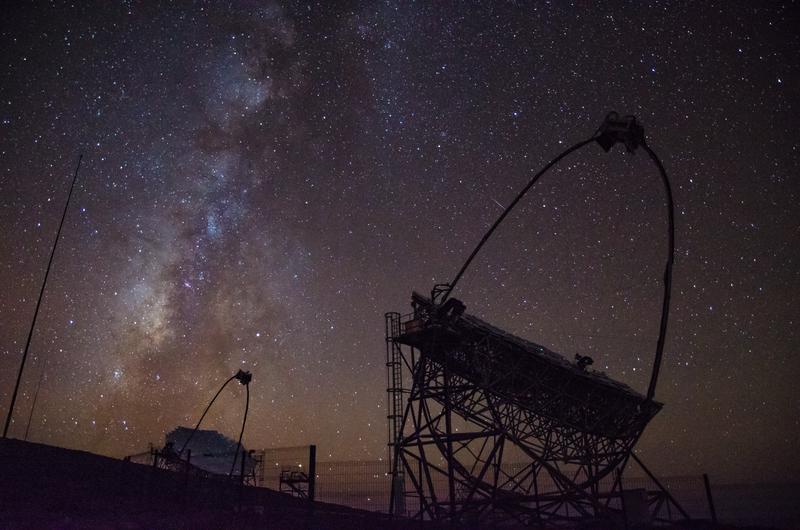
The Cherenkov Telescope Array
The Cherenkov Telescope Array (CTA) is the next-generation, worldwide facility for ground-based Gamma-ray Astronomy, proposed by an international consortium of about 1500 scientists. CTA will have full-sky coverage thanks to a CTA-North observatory at the Observatorio del Roque de los Muchachos (ORM) in the Canary Island of La Palma and a CTA-South Observatory at ESO-Paranal in Chile. Our group contributed decisively to bring to Spain the CTA-North observatory. CTA will provide a ten-fold increase in flux sensitivity and broader energy range compared to the current generation of instruments, thanks to its three different diameters: Large-Sized Telescopes (LST, 23 m), Mid-Sized Telescopes (MST, 12 m), and Small-Sized Telescopes (SST, 6 m). The CTA project is currently starting production, with the first LST (LST1) already producing scientific results. IFAE members have held high-level leadership positions in the CTA Consortium, like Co-Spokesperson or Chair of the Speakers and Publications Office. In addition, the IFAE Gamma-ray Group co-leads the construction of the LSTs, the most complex and relevant CTA telescopes for the study of key Fundamental Physics questions. The four LST cameras that will go to the CTA-North Observatory have been assembled at IFAE. IFAE members have been serving the LST project with responsibilities such as the Chair of the Steering Committee, Systems Engineer, Camera Coordinator and Software Coordinator. The activities have been gradually drifting from commissioning to scientific exploitation, including the combined analysis of MAGIC and LST1 data, for which IFAE is in a privileged position.

Our group has built a Raman LIDAR for measuring the atmospheric transparency and using the related data in the analysis of gamma-ray observations, thus reducing the systematic uncertainties on the reconstruction of physics parameters down to the level required by CTA. Our LIDAR has been adopted as a CTA pathfinder instrument and was taking data at ORM during 2021. Preliminary results indicate that the requirements are met.
Towards an open multi-messanger observatory
We have participated in the ASTERICS and ESCAPE H2020 projects for building the European Open Science Cloud (EOSC) section on Particle Physics, Astroparticle Physics and Astrophysics. The pioneering integration of our analysis software contributions and our GammaHub iterative, multi-instrument, big-data analysis tool into the ESFRI Science Analysis Platform has set the standard procedure and help achieve the project objectives. In addition, the group has embarked into multi-messenger related activities aiming at exploiting the synergies between gamma-ray signals with public alerts from neutrino and gravitational wave instruments. A full pipeline to localize transient events using cross-correlations with other instruments and catalogs has been developed and is being tested with the MAGIC telescopes.
HERD
The IFAE Gamma-ray group started in 2020 participating in the design of HERD, a next-generation detector on board the China Space Station, for the study of high-energy cosmic rays and gamma rays. It is foreseen that HERD will be launched in 2027 and that it will operate for at least 10 years. Our group has the responsibility of providing HERD with advanced capabilities for Gamma-ray Astronomy by the design of a dedicated low-energy gamma-ray trigger system, to provide it with sensitivity to gamma rays in the range between ~100 MeV and 10 GeV with unprecedented angular and energy resolutions, and exploiting its capabilities as a wide field of view monitoring detector, complementary to CTA and other multi-messenger instruments in the study of transient events.
